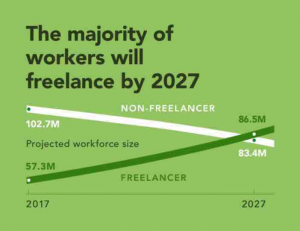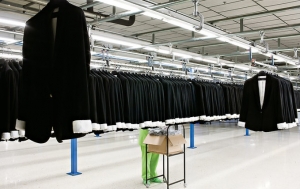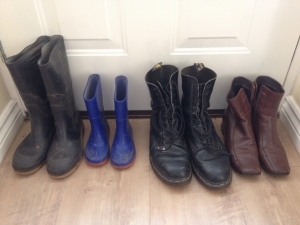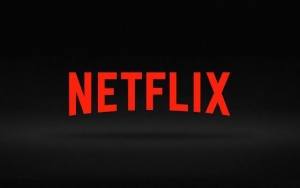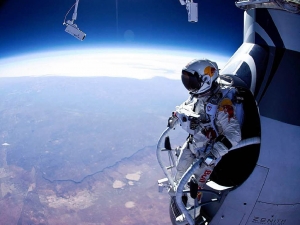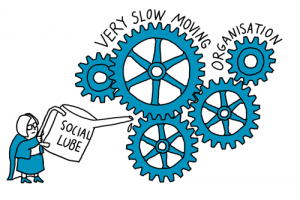 I have been following a story of two companies and how their brands are playing in almost completely different arenas and yet for the same customer.
I have been following a story of two companies and how their brands are playing in almost completely different arenas and yet for the same customer.
One, let’s call them Goliath, has decided to change the colour of their product in order to reinvigorate sales. Same basis of the product, same distribution channel, same target audience.
David, our little guy, sells a similar product but not through stores. Instead he sells it online. Customers can’t touch or handle the product, but they can follow it on Instagram and Facebook pages and be part of a community of likeminded users. David still has a minority market share, but he is growing at a handsome rate. He also has a far lower cost base and is therefore more profitable. Rather than targeting only the audiences of the stores that sell his products, David can reach millions.
Goliath knows very little about their customer as all sales are through stores and usually in baskets full of other products. David knows everything about his customers. I see only one way out for Goliath; the smarter companies are going to be the ones that go out and buy the technology and engineers needed to drive disruption.
Every company has to be a technology company: if you are at the top of your sector today and you are not a technology company, you wont be at the top of your sector for long.

